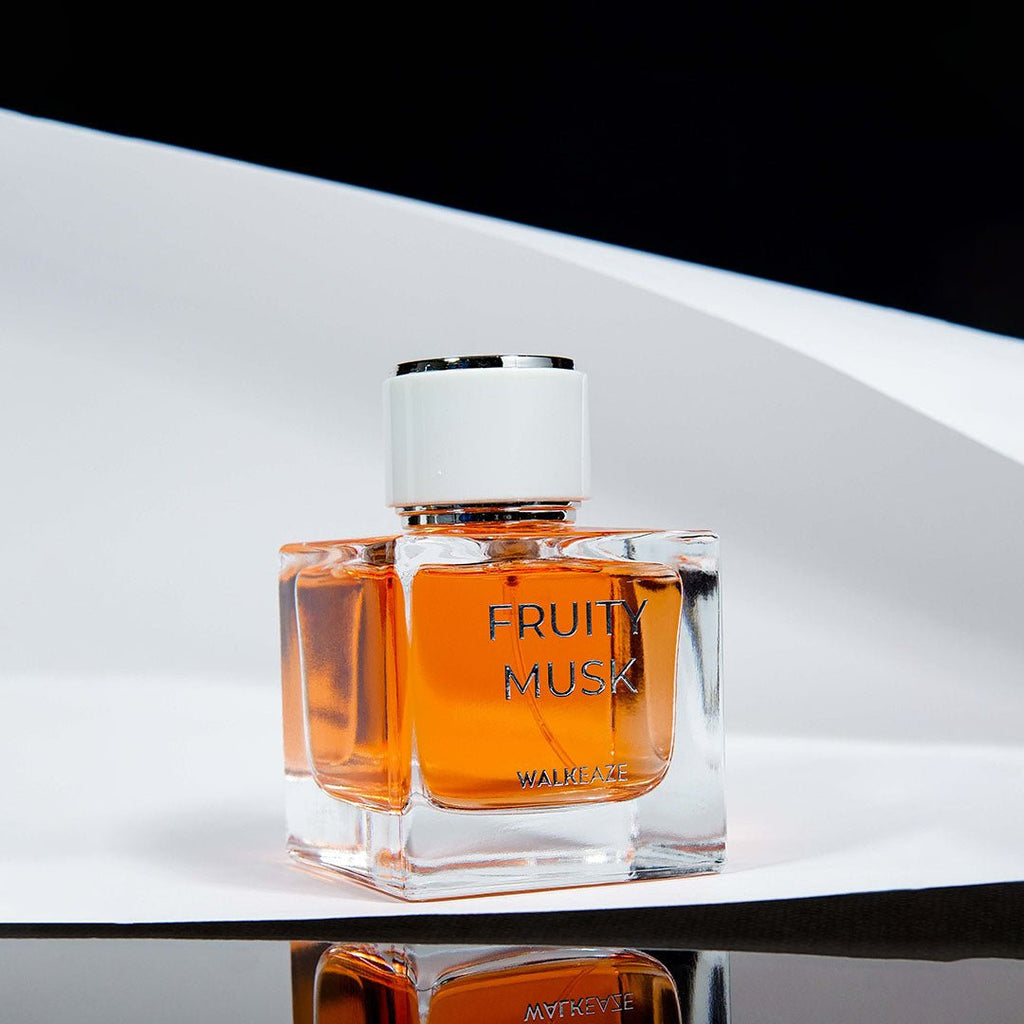The Evolution of Eau de Toilette: A Journey Through Fragrance History
Posted by SHAHZAIB SHAHZAD

The world of perfume is as ancient as civilization itself, with fragrance playing a central role in rituals, personal grooming, and even social status. Among the myriad of fragrance options available today, eau de toilette holds a significant place. Understanding the evolution of eau de toilette offers a fascinating glimpse into the history of human culture and olfactory art.
The Origins of Fragrance
Long before the term eau de toilette existed, ancient civilizations utilized fragrant substances for both religious and practical purposes. The Egyptians, for instance, used aromatic oils and incense in their rituals, while the Greeks and Romans popularized the use of perfumes in everyday life. These early concoctions were often blends of natural ingredients like flowers, woods, and spices.
The Birth of Eau de Toilette
The term eau de toilette originated in France in the 14th century. It translates to "water of the toilet," referring not to the modern restroom but to the act of personal grooming. During this time, the aristocracy began to create lighter, more refreshing scents that could be applied liberally throughout the day. This marked the transition from heavier perfumes to more subtle fragrances.
Eau de toilette was designed to be a more accessible and less concentrated option compared to its predecessors. Typically composed of 5-15% fragrance oils, eau de toilette was ideal for daily use, allowing individuals to enjoy fragrance without overwhelming those around them. This shift democratized fragrance, making it available to a broader audience.
The 19th Century: The Rise of Modern Perfumery
The 19th century marked a turning point for eau de toilette and fragrance in general. The Industrial Revolution brought advancements in chemistry, allowing perfumers to experiment with synthetic ingredients. This led to the creation of iconic fragrances that became widely popular across Europe.
During this period, eau de toilette became synonymous with freshness and elegance. Fragrances like Eau de Cologne, which originated in Germany, contributed significantly to the popularity of lighter scents. Established perfume houses began to offer their own variations, further enhancing the appeal of eau de toilette.
The 20th Century: A Fragrance Revolution
As society evolved through the 20th century, so did the perception of fragrance. The emergence of advertising and branding transformed eau de toilette into a luxury commodity. Iconic fragrances like Chanel No. 5 and Dior's Eau Sauvage set the standard for modern scents, combining the art of perfumery with marketing finesse.
In this era, the concept of perfume differentiation—eau de parfum, eau de toilette, and cologne—became more established. Perfume lovers began to appreciate the nuances between these categories, with eau de toilette emerging as the go-to choice for everyday wear due to its lighter composition and affordability.
The Modern Age of Eau de Toilette
Today, eau de toilette remains a staple in the fragrance industry. With an array of options available, consumers can explore a diverse range of scents, from floral and fruity to woody and oriental. While many still prefer eau de parfum for special occasions, eau de toilette is praised for its versatility and ease of wear.
The surge in niche perfume houses has also contributed to the continued popularity of eau de toilette. These brands often focus on artisanal methods and unique scent profiles, allowing fragrance enthusiasts to find something truly distinctive.
For those interested in exploring the world of eau de toilette and discovering the latest trends, visit walkeaze.com.
In conclusion, the evolution of eau de toilette reflects the changing tastes and cultural values across history. From ancient rituals to modern-day expressions of individuality, eau de toilette remains a significant part of our social fabric, making it an enduring symbol of artistry and personal identity.




